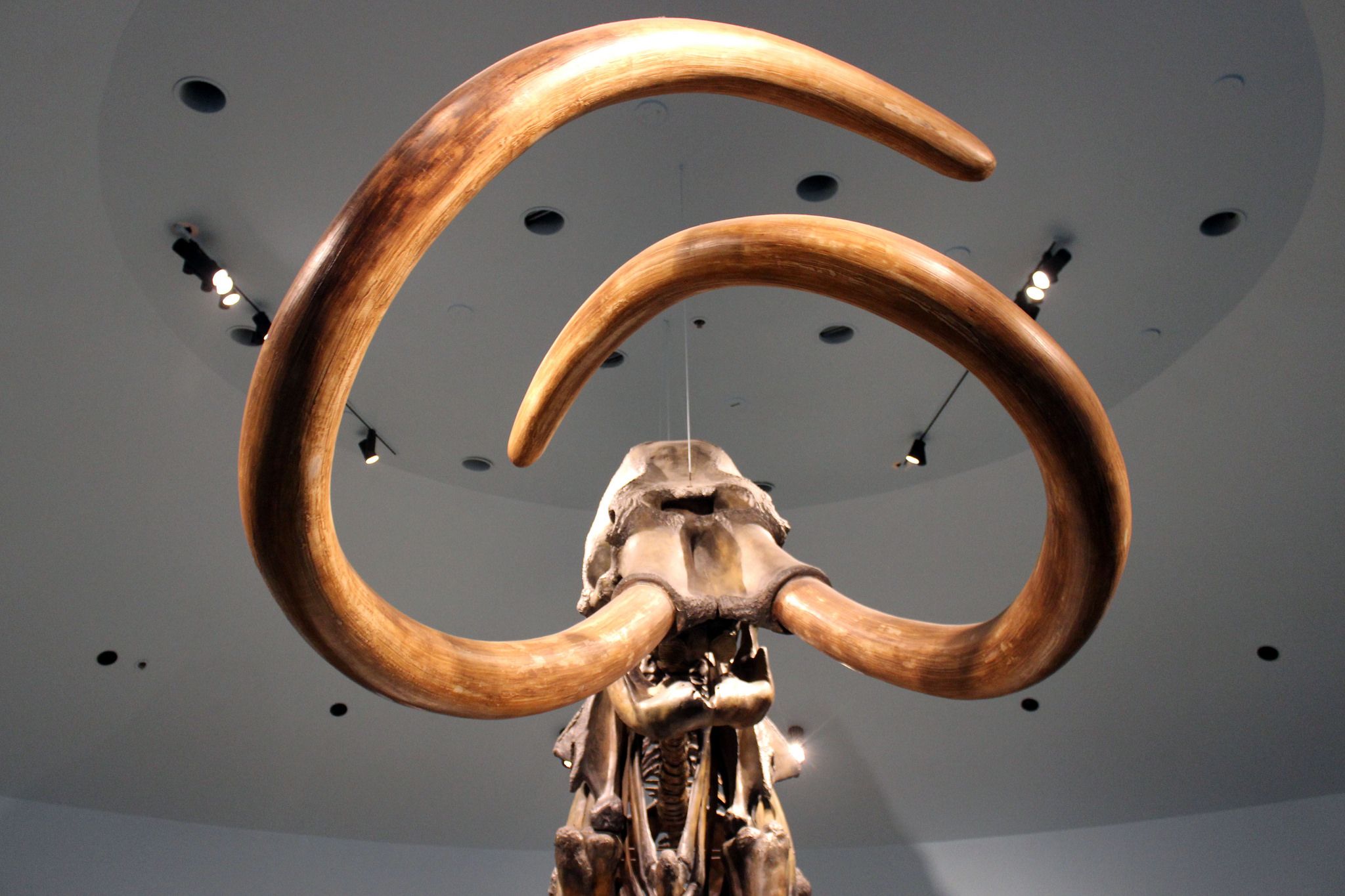
Fans of Pleistocene megafauna, rejoice: There are now two labs on Earth involved in serious attempts to clone the extinct wooly mammoth.
A lab at Harvard Medical School and South Korea's Sooam Biotech are both attempting to resurrect the mammoth. They are using different approaches to the de-extinction issue—and only one can be first.
De-extinction is the science of bringing extinct animals back from the dead through the process of reproductive cloning. You start with a nucleus that contains the DNA of an extinct animal, put the nucleus in an empty egg from a living relative, and then put the whole thing in the uterus of a living animal. If all goes well, the animal will give birth to a new member of a once-gone species.

But how do you get the DNA sequence from a species that went extinct thousands of years ago? This is where the two labs are taking different approaches.
Sooam Biotech is famous (and controversial) for is prowess in cloning animals, like dogs. In 2016, it announced an agreement to work on resurrecting the mammoths with China National Genbank and North-Eastern Federal University, which is in Russia. It is important for aspiring mammoth-necromancers to work with scientists in Russia, especially in Siberia, because explorers of the icy tundra occasionally find frozen mammoth carcasses in the melting permafrost. This is where Sooam hopes to find and isolate DNA, just like in the film Jurassic Park.
However, DNA is a fragile molecule that doesn't stay intact for long after death. In fact, Sooam itself says that you have to preserve a biopsy of your dog before or just after it dies if you want it to be cloned. It also says you should not put the body in the freezer. Mammoth carcasses in Siberia have been stuck in an underground "freezer" (aka, permafrost) for 10,000 years or more. Finding intact DNA will be difficult.
On the other side of the world, Harvard scientists have a different approach.
George Church, a world-famous geneticist at Harvard Medical School, is also working on the mammoth problem. His travails are even featured in a book and upcoming movie called Woolly: The True Story of the De-Extinction of One of History's Most Iconic Creatures.
Church frequents headlines with his lab's aspirations of turning pigs into suitable organ donors for humans and of creating designer drugs. But he is perhaps most famous for his attempts to reanimate a mammoth. In February, several outlets said his lab may resurrect mammoths within two years—a claim that is so extreme it has been called "fake news." Considering the gestation period for an Asian elephant is about 22 months, the lab has negative six months to get a mammoth bun in the elephant oven in order to meet that deadline. (However, Church never said that we would have a living, breathing mammoth by then, only a cell.)
Church's approach is not to find an intact nucleus of mammoth DNA, but to put mammoth DNA onto an elephant genome. The mammoth genome has already been sequenced, and Church has an idea of which genes he would need to put onto a mammoth's germ line to make it mammothy. (Genes for shaggy hair and cold resistance, for example.)
Both groups of scientists likely face a long journey before raising the pachyderm dead. If and when they create the cell of a mammoth (or mammoth-like elephant), they will still have to obtain elephant eggs and gestate it in either an elephant mother or a synthetic elephant womb.
Mammoths have long captured our imaginations, and are decent candidates for de-extinction. Regardless of whoever manages to create one first, the prehistoric animal's re-emergence will be historic.
Uncommon Knowledge
Newsweek is committed to challenging conventional wisdom and finding connections in the search for common ground.
Newsweek is committed to challenging conventional wisdom and finding connections in the search for common ground.
About the writer
Kristin is a science journalist in New York who has lived in DC, Boston, LA, and the SF Bay Area. ... Read more
To read how Newsweek uses AI as a newsroom tool, Click here.








